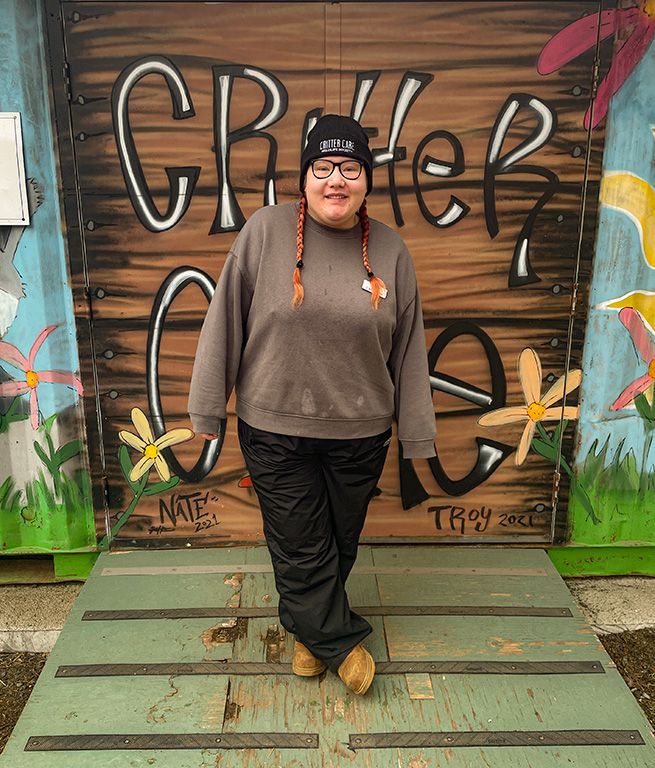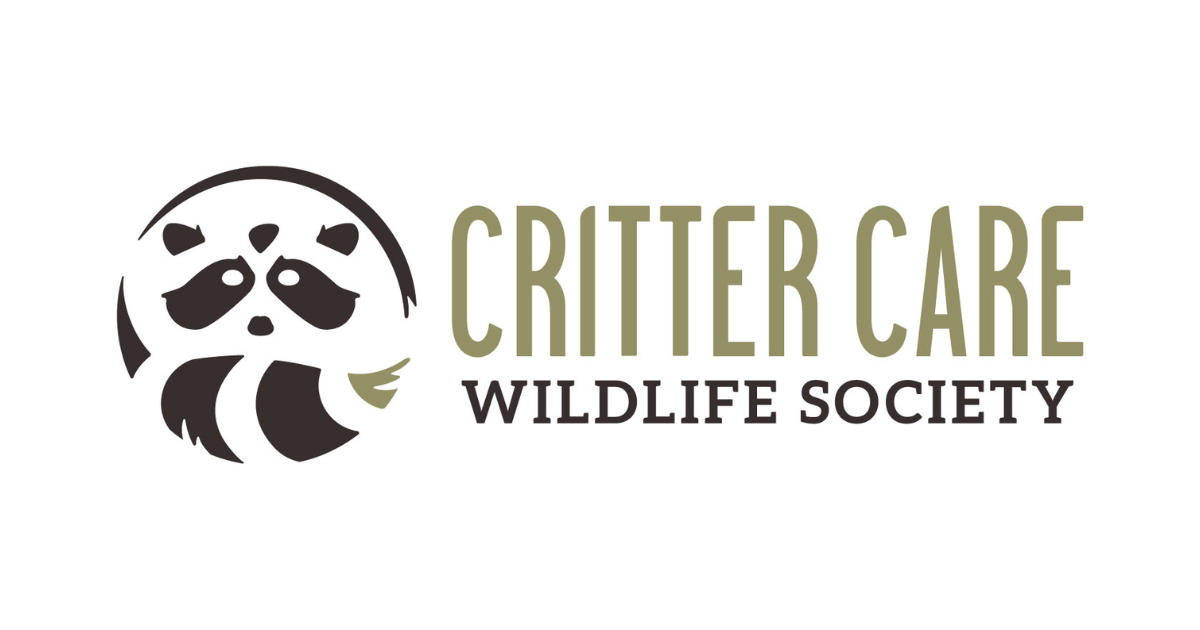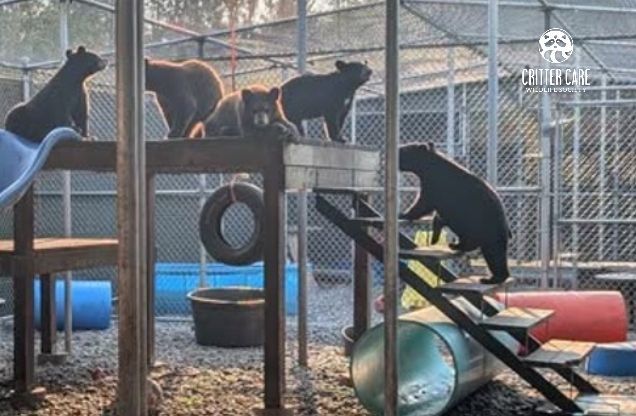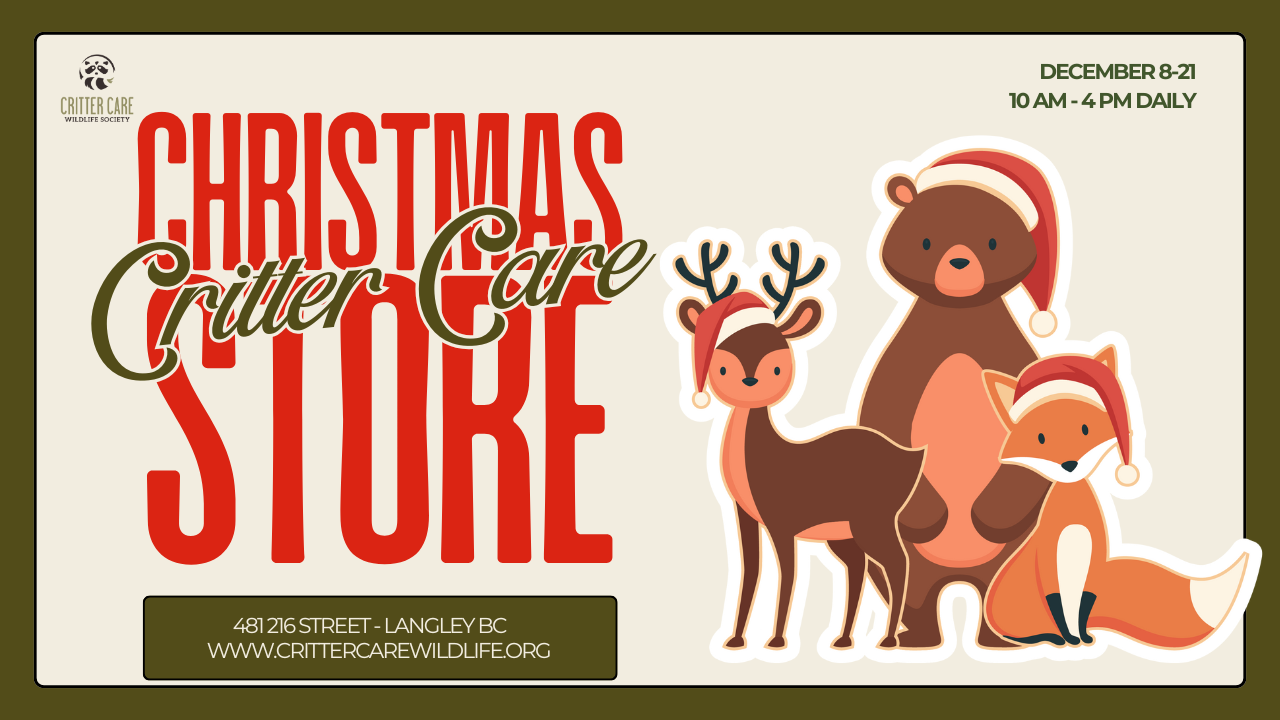How a UK Student Found the Perfect Wildlife Internship in Canada

When Tegan Owen began searching for wildlife internships abroad, she had one goal in mind: to gain hands-on experience in animal rescue and rehabilitation. That search led her from her hometown of Sheffield, England, to British Columbia, where she joined Critter Care Wildlife Society as an intern.
In this interview, Tegan shares what it’s like to work up close with raccoons, coyotes, and even the occasional skunk—offering a behind-the-scenes look at the challenges, surprises, and deep rewards of wildlife rehabilitation in Canada.
Rod: Okay, Tegan. The first question is, what inspired you to take on this internship and work with wildlife?
Tegan: I've always wanted to work with wildlife my whole life. When I was about 13, I became really interested in animal rescue and rehab. So when I found this internship, I just knew I had to take it.
Rod: Where are you from?
Tegan: I’m from Sheffield in England—up north.
Rod: How did you hear about Critter Care?
Tegan: I actually did a lot of searching online. I knew I wanted to leave the UK, so I started searching for internships in Canada, and Critter Care was one of the first ones to come up.
Rod: Oh good. Can you tell us a little bit about your background? Are you in school or working?
Tegan: Yeah, I studied Zoology with Marine Zoology back at university. But marine internships are pretty difficult to find unless you already have experience. Since I’ve always wanted to work in rescue and rehab, I thought I’d focus on mammals. Being able to find this internship while still at university was amazing.
Rod: As you were doing your search, what interested you in Critter Care specifically?
Tegan: The wildlife they work with. I’ve always been interested in raccoons but never had a chance to work with them. With how many raccoons they have here, it's been fun. I'm also currently a coyote parent—that’s something I wouldn’t get to do back home.
Rod: What does it mean to be a coyote parent? What are your responsibilities?
Tegan: There are three of us. I do morning feeds, bring in the food, spot clean, and pick up leftover meat or feces. We do deep cleans once a week. Even though we don’t see the coyotes much, it’s cool knowing they’re doing well—you can tell by how much food they eat. You’ll see footprints, hear them, or catch them running behind you.
Rod: I haven't seen the coyotes here. What’s their enclosure like?
Tegan: It’s like a forest—lots of trees and a trail down the middle. They have two sheds they like to hide in whenever someone enters.
Rod: Are there any tasks you find particularly challenging?
Tegan: I was the only parent on my raccoon cage for a while, so balancing deep cleans and other tasks was tough. But now I have a co-parent, which makes everything easier. I’d say time management has been the biggest challenge.
Rod: Are there physical or emotional demands?
Tegan: Definitely. Some days are long and packed with tasks and multiple deep cleans. Balancing everything is important.
Rod: Any rewarding animal stories?
Tegan: There was an opossum that was brought in injured. He was on meds for a while and is now being prepped for release. I also had a raccoon with a respiratory infection—every time we gave him meds, you could hear him getting better. He was released back to his property, and the owners were thrilled. His name was George.
Rod: He’s wild now?
Tegan: Yep, back out in the wild. The people who found him really cared about him. It was so nice seeing how happy they were.
Rod: Any unexpected challenges you’ve had to overcome?
Tegan: When I arrived, there were 10 interns. Now there are 24, so the dynamics are constantly changing. Adapting to bigger groups and managing shared spaces like the kitchen was a bit tricky, but we’ve figured it out.
Rod: Have you picked up any new skills or learned any important lessons?
Tegan: Communication skills for sure. I’m usually quite introverted, but here I help cover phones and talk to around 20 interns a day, plus the public on rescues and releases. It’s improved my communication skills a lot.
Rod: Any rescue stories stand out?
Tegan: I did a skunk rescue once. It had a plastic cup stuck around its chest. We had to go into someone’s backyard, move stuff, and cut it off on site. It sprayed at first, but if you keep their tail tucked down, they can’t spray—it’s like a lever.
Rod: That's a great tip! What other skills have you gained?
Tegan: Practical handling skills—different animals have different sizes, temperaments, and reactions. Some raccoons are tiny and some are huge. Some don’t like taking meds, so you have to adapt.
Rod: What about friendships and connections?
Tegan: There’s an intern coming back soon that I’ve stayed in contact with—we messaged every day since she left. I know I’ll keep in touch with a lot of people from here.
Rod: It kind of feels like working at a camp, right?
Tegan: Yeah! Funny you say that—I did that over the summer. This feels really similar.
Rod: What advice would you give someone considering this internship?
Tegan: Honestly, just go for it. If you don’t try, you’ll never know the outcome. Even if it’s just two months or a year—just do it.
Rod: If you could go back and tell yourself something at the start of this experience, what would it be?
Tegan: Throw yourself into it more. When opportunities come up, just go for it—whether it’s a rescue or being part of an exam, ask to be involved.
Rod: What’s your goal for the end of your internship?
Tegan: Mainly that all my animals get released—they’re set to be. Also, to gain more hands-on experience and to build friendships with the other interns.
Rod: And what are your thoughts on what Critter Care contributes to wildlife rehabilitation?
Tegan: They do so much. The number of animals admitted in the three months I’ve been here is incredible—and so many have been released. They really make a huge difference.
Rod: Excellent. Thanks, Tegan.
Tegan: No worries!
If you'd like to become an intern like Tegan, read more here.
Critter Care Wildlife Society News
Sign up to get inspiring stories of rescue,
rehabilitation and release from Critter Care
Be the first to receive our newsletter, new blog posts, and updates
about our most critical needs and community news.



